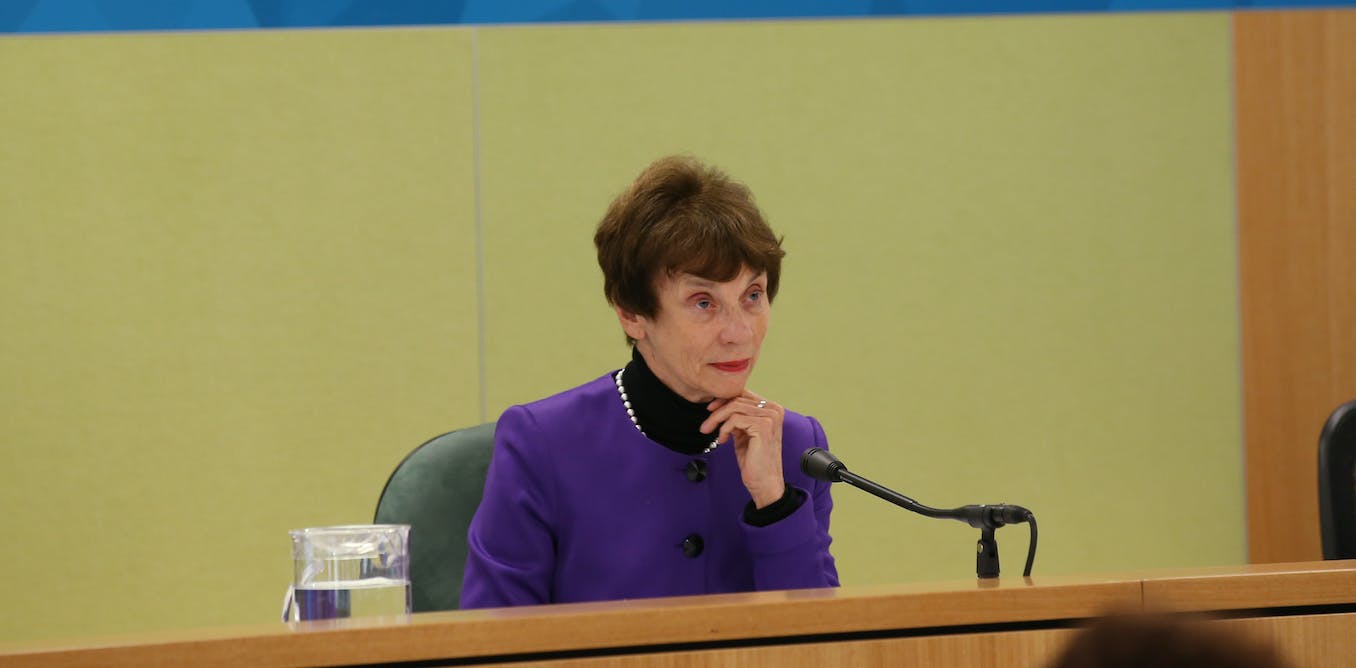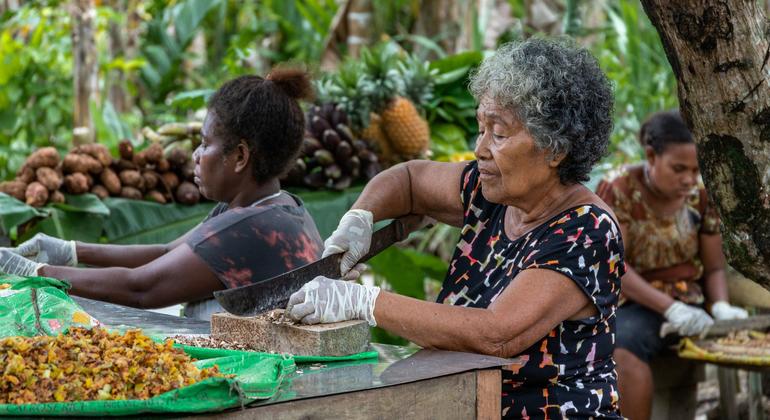In 2016, the Victorian Royal Commission into Family Violence released its findings following an exhaustive 13-month inquiry. In it were 227 recommendations to completely transform the state’s family violence services.
The royal commission involved more than 1,000 written submissions, 44 group sessions attended by some 850 people, and 25 days of public hearings.
It is widely regarded as the largest family violence reform process in Australia’s history. In the past seven years, many have looked to Victoria to gauge what a multi-billion-dollar government commitment to reform can deliver.
Last week, with relatively little fanfare, the Victorian government announced it has now implemented all 227 recommendations.
Does this mean the royal commission was a success?
Royal commission calls for complete overhaul of Victoria’s family violence services and responses
Have rates of family violence gone down?
With $3.7 billion invested in the reforms, it is fair to question what has been achieved. Unfortunately, there is no easy answer. Rates of family violence and violence against women in Victoria and across Australia remain stubbornly high.
Research has found the severity and frequency of intimate partner violence intensified during the first two years of the COVID-19 pandemic. By that point in the reform agenda, many had hoped the state would be starting to see decreasing prevalence rates.
It is critical the Victorian government and others do not view continued high rates of family violence as a failure of the royal commission, and the state continues to invest in efforts to address the issue.
Family violence is a much bigger problem than any one reform cycle.
What was achieved?
Undoubtedly, much has been achieved in Victoria since the royal commission. This is due to the hard work of the family violence sector, victim-survivor advocates and practitioners, alongside the government’s funding and commitment to deliver, especially on the big-ticket reforms.
Among the significant reforms from the royal commission that have been implemented:
-
the Family Violence Information Sharing Scheme, which enables sharing of information between organisations to support family violence risk assessment and management
-
a new framework that supports practitioners to effectively identify, assess and manage family violence risk
-
the creation of specialist family violence courts
-
the introduction of the Victim-Survivors Advisory Council to ensure individuals with lived experience are consulted in the ongoing delivery of the reforms
-
and the establishment of Respect Victoria, an organisation dedicated to the prevention of violence against women and family violence.
Many of these are nationally leading reforms seeking to deliver a more connected service system based on the principles of victim-survivor safety and perpetrator accountability.
While marking these achievements is important, the royal commission’s reforms should be viewed as the first step in a much longer commitment to end family violence.
Here are four lessons we believe are important as the Victorian government plans its next steps:
1. We need ongoing strategic vision and leadership
Creating a cohesive reform agenda out of the sheer size of the recommendations was a formidable task. There were many problems in the early implementation phase. Among them was a tick-box approach to the reforms at the expense of an overarching strategic approach to implementation.
Strong leadership is now critical to ensure women’s safety remains a core government focus as we emerge from the pandemic. Victim-survivors may now be able to access a more connected system compared with seven years ago, and the risks they face should now be more apparent to practitioners. But undoubtedly violence continues at unacceptable rates.
2. We must not lose sight of prevention
The royal commission’s recommendations were heavily weighted towards response measures. That is, how family violence is responded to once it has occurred.
Prevention, on the other hand, encompasses work that aims to stop violence from happening in the first place. While it was the focus of fewer recommendations, it is absolutely essential.
Tackling the underlying drivers of violence must be at the forefront of future efforts. Prevention is one of four pillars in the National Plan to End Violence against Women and Children. To align with the national plan, the next steps in Victoria must by focus on whole-of-society prevention measures and early intervention, alongside the need to build a system that supports victim-survivors’ recovery and healing.
3. We need a coordinated, national approach
A key challenge of combating family violence is its complexity. Family violence intersects with many other problems, such as mental health, housing and homelessness, alcohol and drug use. Responses to family violence can involve many different government departments, service settings and jurisdictions.
Such complexity requires a coordinated approach led at the national level but with significant resource commitment from every state and territory.
The national plan, which has bipartisan commitment, will hopefully guide and coordinate the much needed ongoing action.
4. We need to focus attention on child victim-survivors
The royal commission’s report referred to children as the “silent victims” of family violence.
There were only a small number of recommendations directly targeted at improving responses to children who are victims of family violence. As we move forward, it is critical children are viewed as victim-survivors in their own right.
To achieve this, we need to train practitioners and provide more resources to services that are geared toward children and young people who have experienced family violence.
We will not eliminate violence in one generation without bringing the children and young people clearly into focus.
Where to next?
These overarching lessons merely scratch the surface of what can be learned from this world-leading commitment to end family violence.
Last year was another horrific year for violence against women. A woman in Australia was killed by male violence every six days. We must do better.
The national plan and the ongoing commitments by state governments give us a good chance to reduce this number, but the work needs to be driven by a transformational vision, funding commensurate with the scale of the crisis, and greater inclusion of victim-survivors to inform policy and practice.
A new national plan aims to end violence against women and children ‘in one generation’. Can it succeed?




